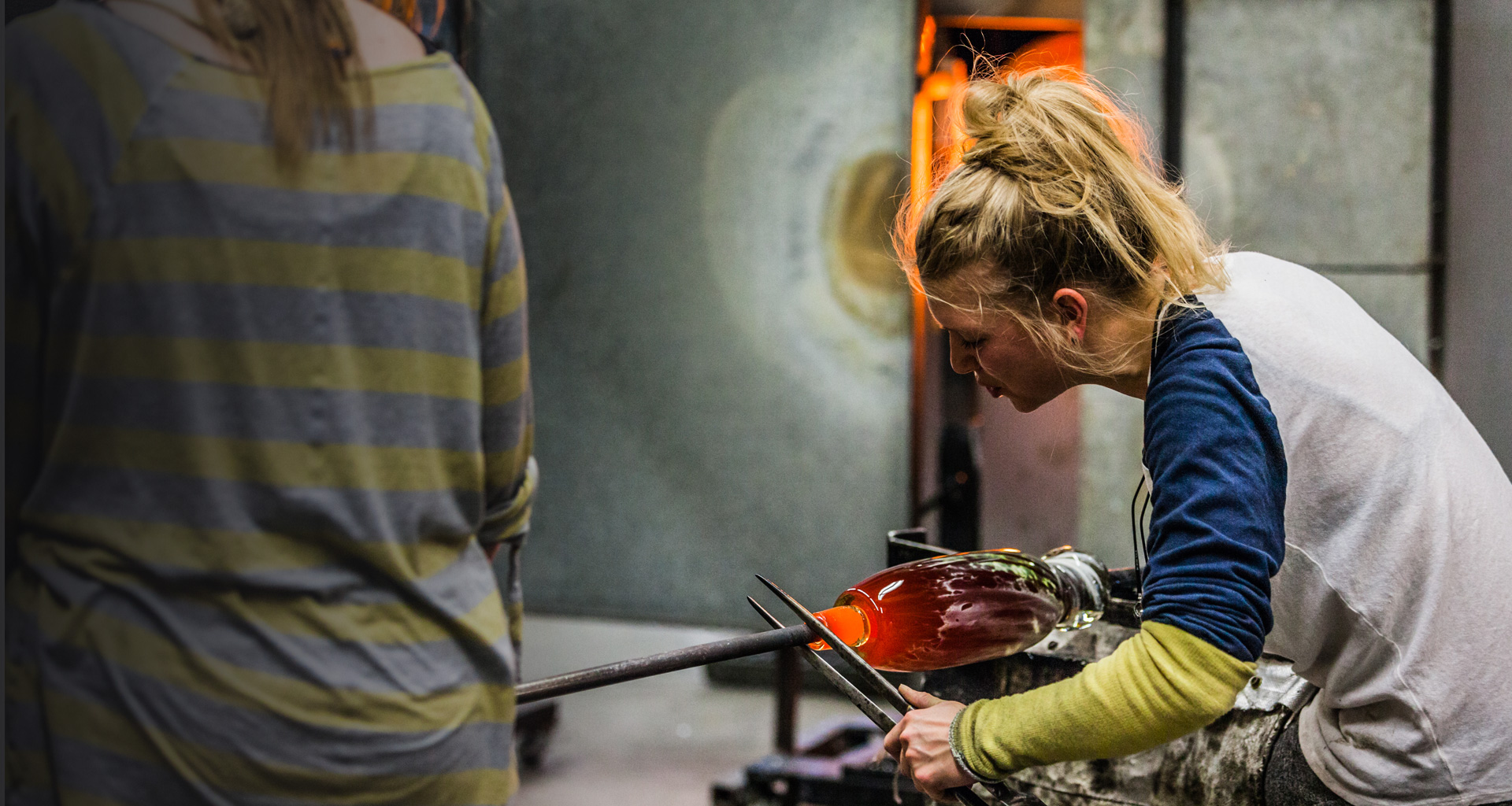Aluminium forming is a widely used technique in the metalworking industry. It involves bending and shaping aluminium to create various products such as automotive parts, household appliances, and even aircraft components. This process followed by aluminium fabrication companies in Dubai is crucial in the production of lightweight yet durable materials.
Understanding aluminum forming:
Forming aluminum involves the manipulation of the metal to achieve desired shapes and dimensions. Unlike steel, aluminum possesses excellent formability, allowing it to be bent, stamped, and extruded with relative ease. The key to successful aluminum forming lies in understanding its unique mechanical properties, including elasticity, yield strength, and work hardening behavior.
Bending techniques:
Bending is one of the most common methods used to shape aluminum. Various techniques, such as press braking, roll bending, and stretch bending, are employed depending on the thickness and geometry of the material. Press braking, for instance, involves clamping the aluminum sheet between a punch and die, exerting force to create bends of precise angles. Roll bending, on the other hand, utilizes rollers to gradually curve the aluminum into cylindrical or conical shapes.
Hydroforming and superplastic forming:
Hydroforming and superplastic forming are advanced techniques used to create complex and intricate aluminum components. Hydroforming utilizes hydraulic pressure to force the aluminum sheet into a die cavity, allowing for the production of smooth, lightweight structures with minimal material waste. Superplastic forming involves heating the aluminum above its recrystallization temperature, enabling it to deform plastically without fracturing. These processes are ideal for producing lightweight, high-strength components used in aerospace and automotive applications.
Extrusion and casting:
In addition to bending, extrusion and casting are widely used methods for shaping aluminum. Extrusion involves forcing molten aluminum through a shaped die to create continuous profiles with consistent cross-sections. This process is commonly used to produce structural components such as beams, tubes, and frames. Casting, on the other hand, involves pouring molten aluminum into a mold cavity, allowing it to solidify into a desired shape. Both extrusion and casting offer flexibility in design and are suitable for mass production of aluminum parts.
The ability to bend and shape aluminum is essential for revealing its full strength in modern manufacturing. From simple bends to complex geometries, a variety of techniques are employed to manipulate aluminum into diverse forms. Whether for aerospace, automotive, or architectural applications, the versatility of aluminum forming ensures its continued relevance in the ever-evolving world of materials engineering.
